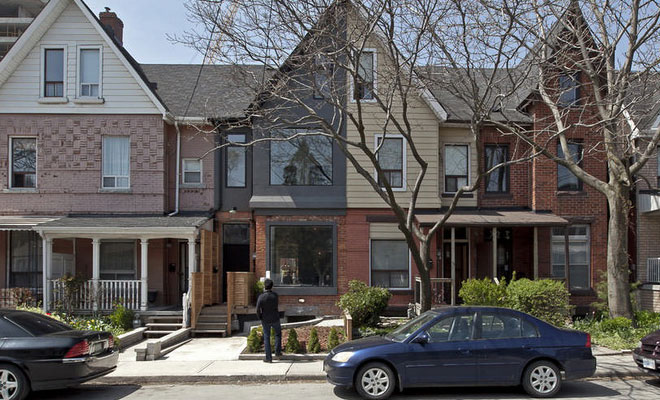
One of the most difficult things about adopting an efficient design lifestyle when you’re already living in an established residence is that oftentimes you are seemingly too late. Once the house is put up and your savings all invested, it’s not an easy task renovating it to include a grey water system or have it face south. However, this doesn’t mean you can’t do it.
A growing number of homeowners are looking for ways to live more cost efficiently and sustainably, but the homes they’ve invested in are not designed for that – especially if you are living in an old home compared to modern homes that implement cutting edge interiors, for example. In such cases, it’s critical you come up with innovative ways to achieve a positive lifestyle change without giving up on everything you’ve worked hard for. This means retrofitting and making the most of what is already there – and to some degree, passive solar heating (or cooling) is still a valid option.
Read more after the jump:

Dealing with the Sun
The sun is a free and non-polluting source of passive heat gain that is readily available, and your sun-facing windows offer the best way of getting it. In efficient home design, the direction windows face is already taken into consideration while building a home. However, for homes where this hasn’t been considered, ensure that your south-facing windows are not blocked in winter, and in summer, have some shade over them to keep the heat out.
Dense materials like tile, brick and stone are great thermal mass that absorbs heat when exposed to the sun, and slowly releases the heat when the sun is gone. In less efficient homes, it’s critical you are aware that concrete or tile floors and brick walls might already exist. If that’s not the case, consider adding a decorative, but functional stone cover over your existing internal wall.
Think Reduction and Stacking
A huge efficiency issue with most US homes is that they are massive and the big spaces inside require more energy to cool and heat. If you already live in such a home, close doors of rooms you seldom use and try moving most of your household activities to your home’s sun-facing side that’s already passively heated by the sun. In winter, cuddle up; in summer, open your windows and doors for cross breezes to cool things off.
You might have to change some of your old habits to achieve both efficiency and comfort, and staying warm by dressing appropriately outside and in is a good starting point. It’s much cheaper to use an extra blanket in bed at night rather than trying to keep your entire home at an ideal temperature. Consider changing the mindset of everyone in the household and you’ll realize huge energy savings.

Protecting and Adding
Once your heat is generated via passive sources, the next immediate task is protecting your home by stopping the cold air outside from getting in. Consider placing outside storage on walls that directly face the cold, such as next year’s stack of straw bales. Plus, consider removing windows that are not sun-facing, or at least have them covered with cardboard boxes taped over them or drawn curtains to prevent cold air from getting in – at the same time, inspect your attic and ensure that it has adequate insulation.
It’s critical that you seal windows that let air in, or, even better, invest in storm or double-pane windows if they are not already installed. Doors are a separate issue that can be sorted by using weather stripping. Finally, carefully check the HVAC vents, as well as receptacle boxes for air leaks.



















